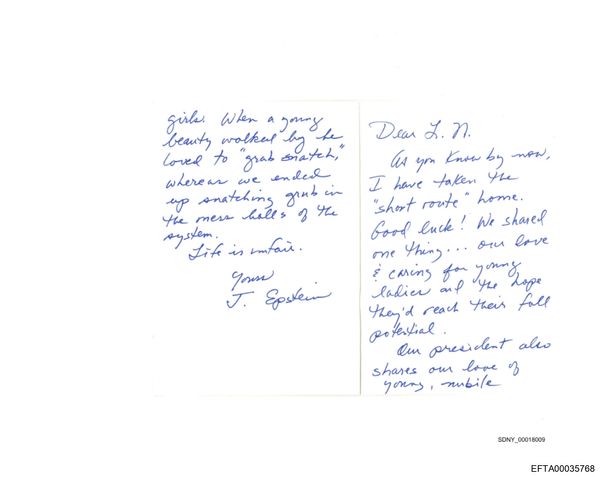
Overall volume growth for packaged consumer goods fell for the fourth quarter in a row, declining 0.9% in the September quarter, compared to 0.7% in the preceding quarter ended June, reported the Economic Times, recently. By value, the FMCG industry grew at 8.9% sequentially in comparison to 10.9% in the previous quarter, largely because manufacturers raised prices.
You might also like
Has the RBI hit a turning point?
Budget to propose record train tracks
Phoenix Mills has risen from the pandemic lull
Why do NRIs want a piece of India's real estate?
The story is a little different when it comes to chocolate. Deepak Iyer, president of Mondelez India, which owns the Cadbury brand, has said volume growth has been double-digit in India. Now, at one level, this could purely be a function of the company’s expanding distribution network in rural India. With per capita chocolate consumption of only 140 g per year, India has a long way to go, to catch up with a market like the UK, where per capita chocolate consumption is 10 kg per year.
But that low base and growth of distribution apart, there is another factor driving chocolate consumption. It is both a comfort food as well as something to celebrate with. If things are bad, and you are not too poor to afford chocolates, you might find relief in munching the chocolate. This feature, of being in demand when things go wrong and when things go swell, puts chocolate into a special category, from an economist’s point of view.
Economists like to classify goods, depending on how the demand responds to, one, a rise in the consumer’s income and, two, a rise in the price of the good.
When your income goes up, the normal tendency is to consume more. And vice-versa – when your income goes down, you consume less. The elasticity of demand for the good, in the jargon, with reference to income, is positive. Most goods, whose consumption goes up when the buyer’s income goes up and consumption goes down when income falls are, thus, classified as normal goods. But there are some goods, whose consumption you cut down when your income goes up, enabling you to afford superior alternatives. Such foods are called inferior goods.
In mainstream Indian culture, coarse grains are considered the poor man’s food. When people move out of poverty, they prefer to eat rice and wheat, rather than assorted millets. Millets have a negative income elasticity of demand, and thus fit the description of an inferior good, from an economist’s point of view, even if a nutritionist might say just the opposite. People substitute superior goods for inferior ones when their incomes go up.
In the normal course, when the price of something goes up, you tend to consume less of it. But this is not universally true. There are two exceptions to this rule.
Suppose you are a poor person who considers yourself lucky if you can gorge on millets. Now, suppose the price of millets goes up. The normal expectation would be that you would consume less of the good. But, in fact, you are likely to end up consuming more of it, when the price goes up. This happens when millets account for a large proportion of your consumption basket, because you do not have much income to spare, after you have taken care of your victuals. If, in that situation, the price of millets goes up, you have to devote a higher share of your income just to keep eating to survive. And if such diversion of a greater share of your income to millets leaves you with too little to splurge on anything fancier, you might end up spending more of your income on millets and consuming more of it. The consumption of more expensive goods is substituted with the consumption of millets. Such a good with a negative income elasticity of demand and a positive price elasticity of demand is a special category of inferior goods called a Giffen good, named after the economist who first noticed the phenomenon.
The other exception to the rule of people consuming less of something when its price goes up is in the case of luxury goods. This normally happens at an income level altogether different from the one at which people consume Giffen goods. A luxury good can fall within the consumption range of someone only when their income goes up. That way, with a positive income elasticity of demand, a luxury good is a normal good. But when its price goes up, owning it invests the owner with ever more prestige or delight, inducing greater, rather than lower consumption. The American author of 'The Theory of the Leisure Class’, Thorstein Veblen, spotted and described this trend first. So, this class of goods is also called Veblen goods.
Chocolates experience a spike in demand when income goes up, as with any normal good. But it experiences a rise in demand when the income of the consumer goes down, too, because the consumer needs something to take the edge off the effect of having suffered an income decline. This effect might be stronger than the negative price-elasticity of demand, and the net demand for chocolate could go up even when income falls and the price goes up. That is the price we pay for comfort. Which economists’ category of goods do comfort foods then fall in? Comfort foods, well, defy these various classifications of goods used by economists. Economists may well come up with a new classification for them.
There’s science behind this consumption behaviour: Chocolate contains two precursor chemicals, which go into making the neurotransmitters, serotonin and dopamine, associated, respectively, with mood stabilization and the brain’s reward centre. So, you can both celebrate with chocolate and deal with pain with chocolate.
If all this talk of normal goods, inferior goods, Giffen goods, Veblen goods and elasticities of demand with reference to price and income leaves you a little overwhelmed, you know what to do to comfort yourself!
Elsewhere in Mint
In Opinion, M. Muneer and Ritu Chugh answer if the movie 'Kantara' can kindle a rural renaissance. Jaspreet Bindra writes on the tech rumbles of 2022. Karan Mehrishi tells what it will take for India to become a developed country. Long Story narrates the tale of a mighty bubble that came before cryptos.







